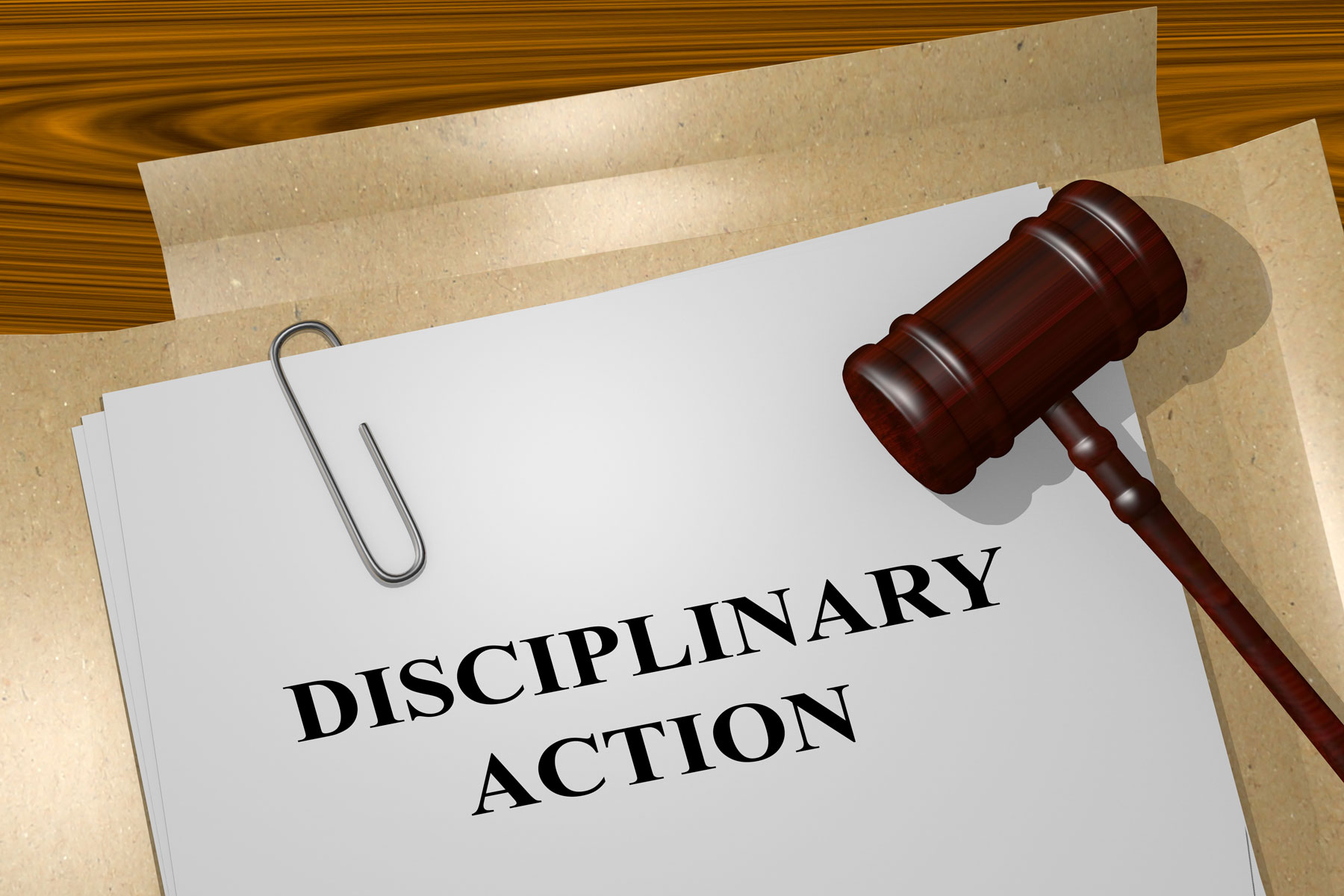When your business employs people, it’s inevitable that at some point you may need to take disciplinary action.
If you find yourself in this position, it’s vital you have an effective disciplinary process that complies with both employment law and the Acas code. When conducting a disciplinary process, it’s really important to do it by the book and don’t miss any steps. Not only to complete this process in the most effective way, but also in a way that protects you and your business from any potential claim, which could prove to be very costly.
Why might you need to take disciplinary action?
Generally speaking, disciplinary procedures cover two broad categories of conduct: Category 1: Misconduct or improper behaviour. This encompasses a wide variety of unacceptable workplace behaviours, from theft to poor timekeeping, bullying to harassment. Category 2: Capability or performance. If your employee is unable to do their job to a satisfactory standard it may be down to inadequate training, unacceptable absence, or something else. Here it’s important to identify the reason and offer support before taking formal steps.
Misconduct may also occur outside of the workplace and an employee can still face disciplinary action. For example, bad behaviour at a company social event, or bullying a colleague on social media.
Gross misconduct is where misconduct is deemed extremely serious or may have a serious effect. In such cases, a disciplinary procedure should still be carried out, but you may decide on dismissal without notice or pay. Examples of gross misconduct include fraud, violence, or gross negligence.
The process – before you begin
It’s really important that from the very beginning to the very end, you follow a fair procedure.
Your investigation into the alleged conduct should begin as quickly as possible. The idea is to find out what happened and decide whether a disciplinary meeting is necessary. The person investigating may conclude the report with their recommendation, which could be formal action, Informal action or no further action.
The process – disciplinary hearing
Your disciplinary hearing should be held as soon as possible after the investigation. Write to your employee detailing the alleged conduct, evidence from your investigation, information that you will be discussing, the date, time and location of the hearing, and details on your employee’s right to be accompanied. You should also include the possible outcomes of the meeting. During your meeting, you as the employer should explain the issue at hand. Go through the evidence and make sure someone else is there to take notes.
Allow your employee to set out their case, answer your allegations, ask questions, and show their own evidence. They may also wish to call their own witnesses. At the end of the hearing, you should take some time to consider the case before you make your decision on the action to be taken. Tell your employee when and where you’ll reconvene. This could be later the same day, the next day, or in a couple of days’ time, depending on the amount of information you need to consider.
Your employee may appeal if they feel the outcome is too severe, the procedure was handled incorrectly or unfairly, or if there is new evidence.
If you would like to read our full guide, please do get in contact and we’ll get one sent to you.
